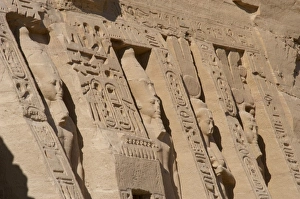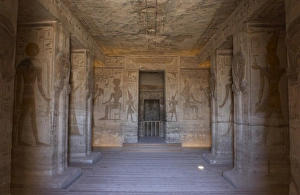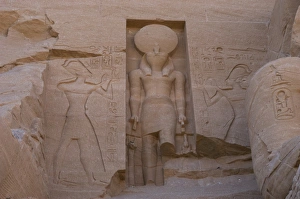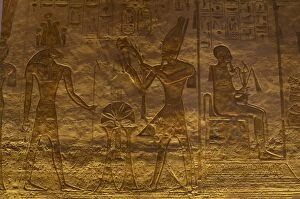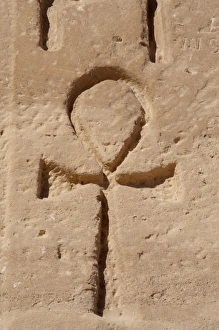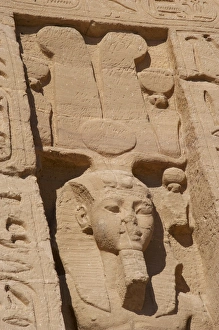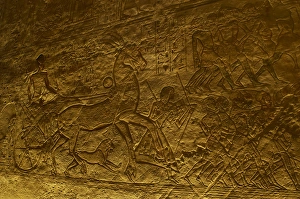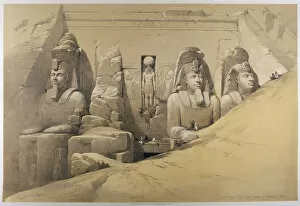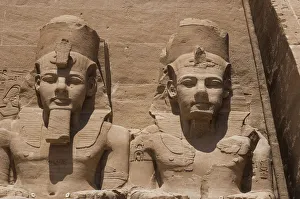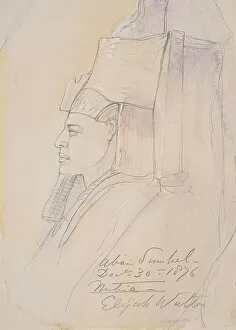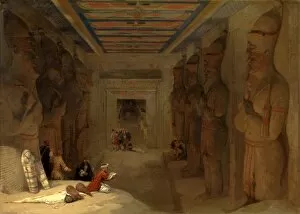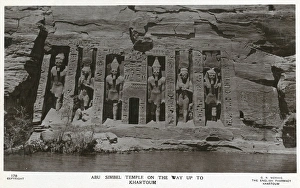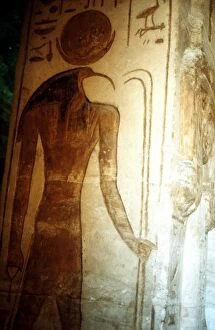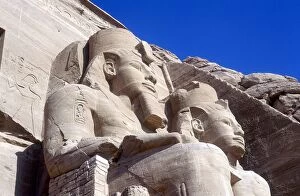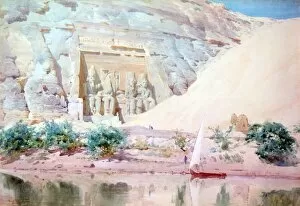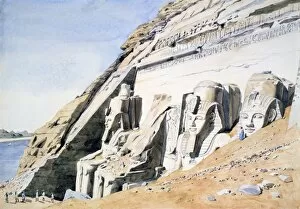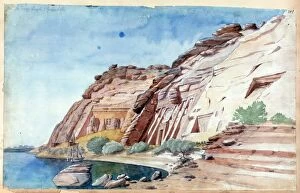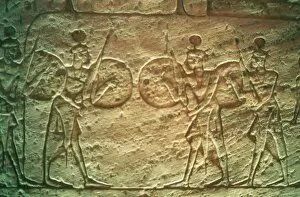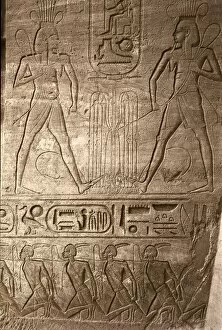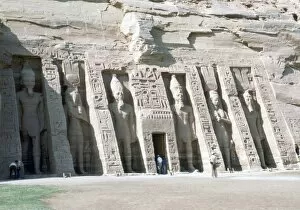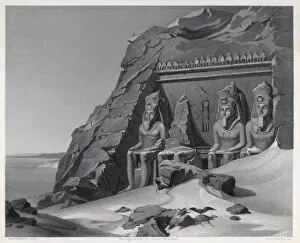Simbel Collection (page 3)
Step back in time to the Victorian period and explore the magnificent wonders of Abu Simbel, Egypt
All Professionally Made to Order for Quick Shipping
Step back in time to the Victorian period and explore the magnificent wonders of Abu Simbel, Egypt. This ancient site is home to the awe-inspiring Great Temple of Rameses II, a true testament to the grandeur and power of this legendary pharaoh. As you approach, your eyes will be drawn to the giant limestone statues of Ramses II himself, standing proudly with his crook and flail in hand. These colossal figures are not only a symbol of his authority but also serve as guardians of this sacred place. Abu Simbel is located in Nubia, an area rich in history and culture. The intricate carvings adorning the temple walls depict scenes from ancient Egyptian mythology and provide valuable insights into their beliefs and way of life. As you wander through these hallowed halls, it's impossible not to feel a sense of wonder at the craftsmanship that went into creating such masterpieces. The preservation efforts undertaken during the Victorian period have ensured that Abu Simbel remains intact for future generations to admire. It was during this time that these remarkable structures were relocated due to rising waters caused by dam construction on the Nile River. The meticulous process involved dismantling each piece before carefully reassembling them further inland – an engineering marvel in itself. Visiting Abu Simbel today allows us to connect with our past and appreciate humanity's ability to create enduring legacies. Soak up the atmosphere as you stand before these monumental temples, imagining what life must have been like during Ramses II's reign over 3, 000 years ago. Whether you're a history enthusiast or simply seeking adventure off-the-beaten-path, Abu Simbel promises an unforgettable experience steeped in ancient mystique.

